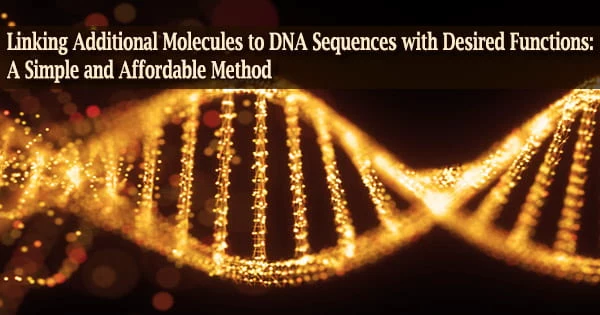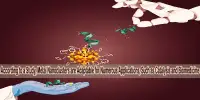The creation of novel medication classes based on DNA and RNA is progressing quickly. The COVID-19 mRNA vaccines are just one of many DNA/RNA-based medicines currently available. Many are in the works, but it costs money to produce the altered DNA/RNA that is required.
Aarhus University researchers have now discovered an efficient and affordable approach for creating stable DNA sequences connected to chemical groups, which, for example, ensures that the medications are delivered to the proper cells.
Today, the manufacture of short DNA and RNA sequences, known as oligonucleotides, is crucial for gene therapy, such as the CRISPR-Cas9 technique, synthetic biology, DNA sequencing, diagnostics (such as the COVID-19 test), and diagnostics.
Since it was invented in 1981, oligonucleotide production technology has evolved, but the chemistry at its core has not altered significantly. One still relies on phosphoramidites, which are chemical substances that, regrettably, degrade throughout production.
Kurt Gothelf and his research team have already demonstrated a more effective strategy to create the components for oligonucleotides by creating phosphoramidites only before they are to be employed, preventing this degradation. You can read more about this in a previous article here:
“New method for producing synthetic DNA” (https://inano.au.dk/about/news-events/news/show/artikel/new-method-for-producing-synthetic-dna).
Expensive to acquire DNA sequences with special functionalities
Oligonucleotides that have been altered to provide unique capabilities are highly desired. For instance, it has been demonstrated that the liver may absorb oligonucleotides that have been modified with certain sugars.
Several oligonucleotide medications are used to control the production of proteins that are actually made in the liver and can treat disorders as a result. Additionally, since oligonucleotides are frequently utilized in diagnostics and research, it is crucial to be able to attach dyes to them.
Typically, these functionalities are added to oligonucleotides by producing phosphoramidites with the appropriate functional group or unique chemical handling.
These modified phosphoramidites come in several hundred different types that can be found in commercial catalogs. But as was already indicated, these modified phosphoramidites are typically exceedingly difficult to come by and unstable in liquids at ambient temperature.
New easy and cheap method for synthesis of special building blocks
Angel Santorelli and Kurt Gothelf propose an easy and affordable way of adding changes to oligonucleotides without the need for specialized phosphoramidites in a recently published scientific article in Nucleic Acids Research, the leading oligonucleotide publication.
Sulfonyl azides, which can give oligonucleotides a variety of functions during the chemical production of the oligonucleotides, are used for this purpose.
The process is compatible with the automated, flow-based oligonucleotide synthesis approach stated earlier, where degradation of the phosphoramidites is prevented.
Thus, the recently described process for the synthesis of modified phosphoramidites can be employed as an inexpensive replacement for the unstable and special phosphoramidites that are currently used to make modified oligonucleotides.
















